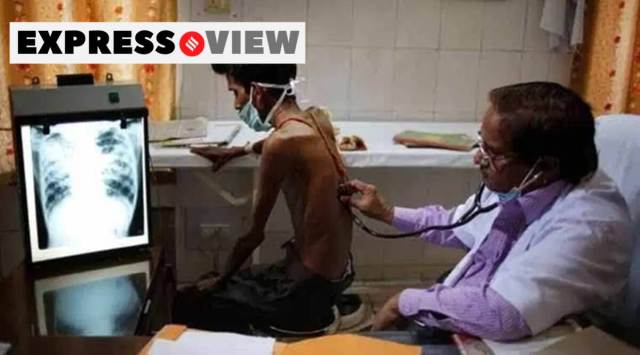
In the past two years, as the Covid pandemic cast a lengthening shadow over lives and livelihoods, a substantial body of reportage, surveys and scholarly accounts shone a light on the deficiencies of India’s healthcare system. The plight of Covid patients who could not get timely medical care during the first and second waves is a shared memory. With the virus-afflicted swamping hospitals and resources being diverted to contain the pandemic, concerns were also expressed about patients of other diseases being left in the lurch. These fears were not adequately addressed. An analysis by this newspaper of the Civil Registration System (CRS) data, released on Tuesday, conveys the magnitude of the country’s healthcare deficit during the first year of the crisis. The proportion of people dying for want of medical attention increased from 34.5 per cent of all recorded deaths in 2019 to 45 per cent in 2020 — the largest single-year jump. Deaths under institutional care dropped from 32.1 per cent to 28 per cent, the sharpest ever decline. The 2021 fact sheet is likely to be even more grave, given the more lethal second wave.
Since 2011, an increasing number of mortalities in the country have been brought under the CRS ambit. In 2019, 92 per cent of all estimated deaths were registered. This increase has been concomitant with another tendency: The proportion of people dying without receiving medical attention has been going up in the past 10 years. The pandemic seems to have accelerated this trend. The office of the Registrar General does not give a disease-wise break-up of deaths. But read along with other studies, the data set released on Tuesday is a useful indicator of the pressure on the medical system during the pandemic. For instance, the WHO estimates that in 2020, the country lost the highest number of people to tuberculosis since 2013 even as there was a sharp decline in the number of TB cases that were detected in the first year of the pandemic. There have also been several reports of critically ill people — many of them with Covid-related comorbidities such as cancer, diabetes, kidney and cardiovascular disease — being neglected during the fight against the coronavirus.
The Ayushman Bharat programme has considerably expanded the scope of healthcare in the country. But the pandemic should occasion more serious thinking on addressing the shortfalls. The country’s rapidly increasing chronic diseases caseload, detailed in the Global Burden of Disease studies of the past five years, underlines that this task cannot be left for later.